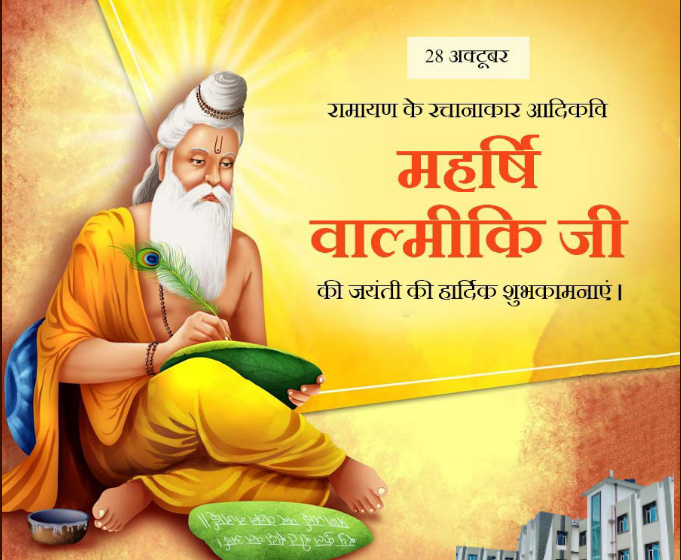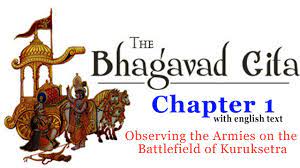Bhagwat Geeta -Chapter 2 Summary-part-2
Book Your Horoscope 2024 Now… Click Here
The soul is neither born, nor does it ever die; nor having once existed, does it ever cease to be. The soul is without birth, eternal, immortal, and ageless. It is not destroyed when the body is destroyed.
Contd…
Lord Krishna states that the eternal soul is the observer and the experiencer of the material world, but it is not affected by the material world. He emphasizes that the material body and the material world are temporary and subject to change, while the eternal soul is permanent and unchanging. He also states that the eternal soul is not born and does not die, it is eternal and indestructible.
Lord Krishna also explains that the material world is the result of the interaction between the three modes of material nature: goodness, passion, and ignorance, which influence the mind and intelligence of living beings.
Sankhya also emphasizes the importance of knowledge and discrimination as the means to attain liberation. It teaches that one must develop the ability to discriminate between the permanent and the transient, the real and the unreal, and the self and the non-self.
He also describes the qualities and characteristics of a person who has attained this knowledge, such as being peaceful, self-controlled, and free from attachment and aversion.
He then explains the path of Karma yoga as the path to attain this knowledge. He states that one should perform their duty without attachment to the fruits of action, and with a sense of detachment and devotion to God. He also explains that this path is not just for ascetics, but for all people, regardless of their social status or occupation.
In the last slokas of this chapter, Lord Krishna describes the ultimate goal of human life: to attain the supreme state of spiritual consciousness, and the ultimate state of liberation, known as moksha. He emphasizes that by following the path of Karma yoga, one can attain this ultimate goal.



